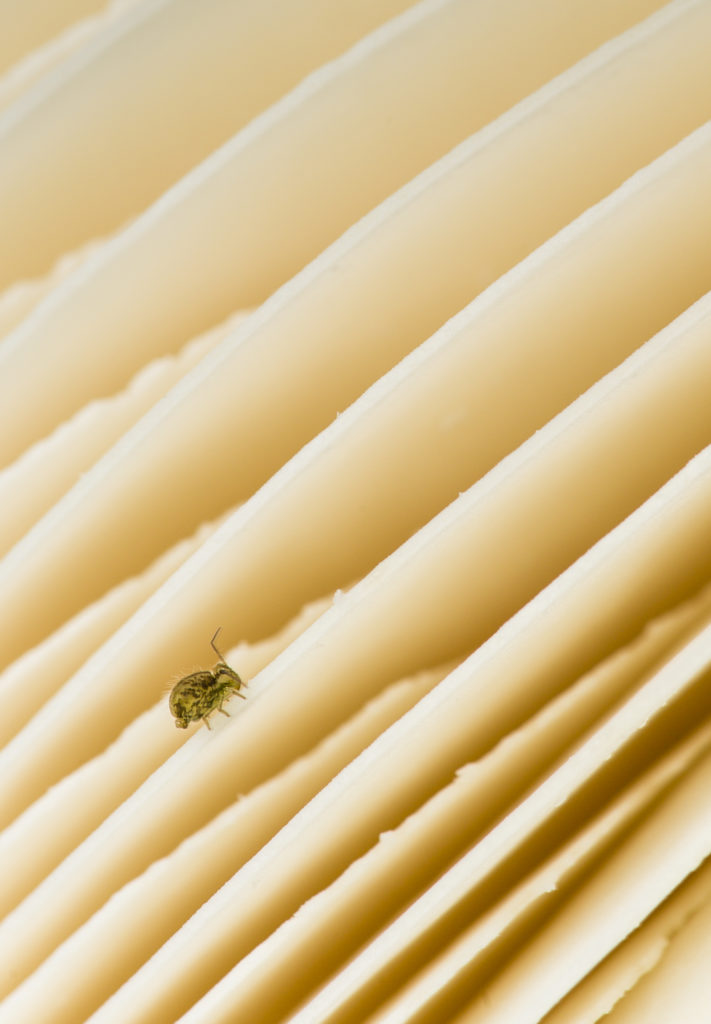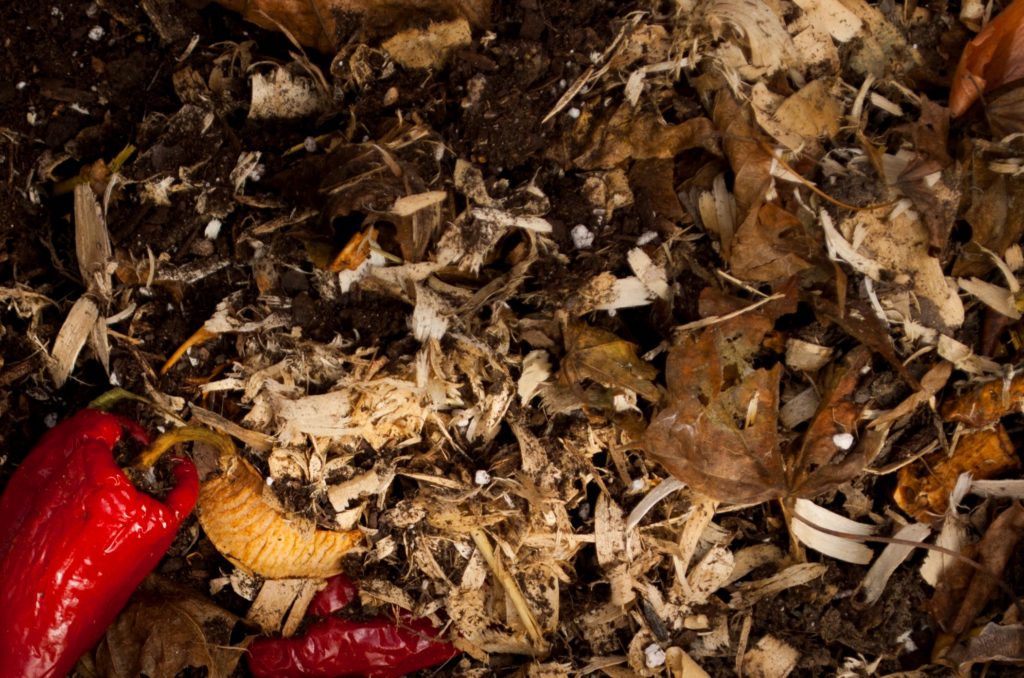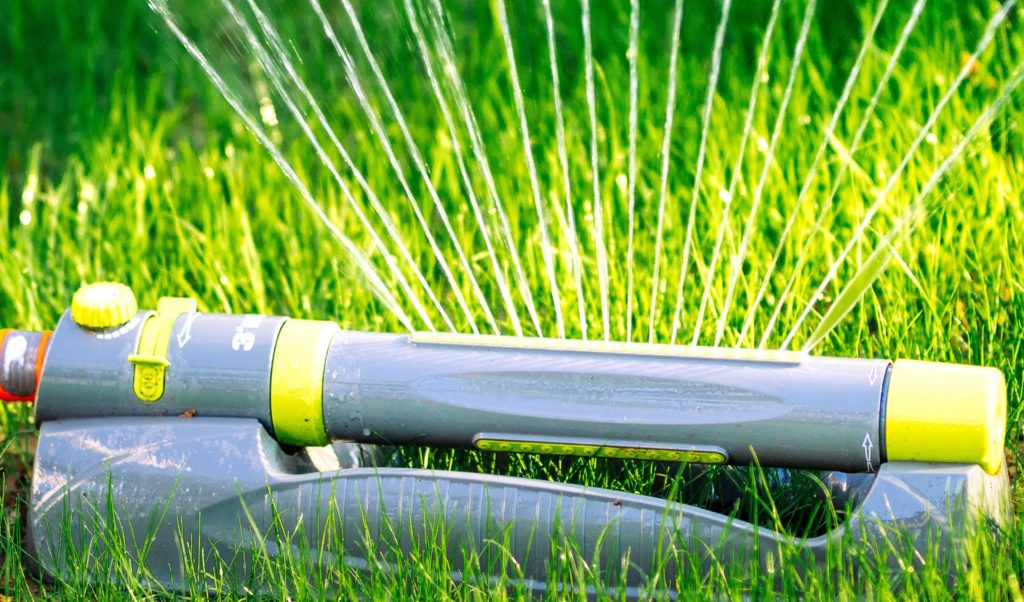Spring has settled in over North Texas, bringing with it the customary rains and burgeoning heat. Gardens have been planted and new life is emerging all around as May begins and Mother’s Day draws near. It’s the perfect time to enjoy the beauty of nature and let mom relax in her immaculately cultivated yard. However, with the excess rains and drive to water lawns before the oppressive Texas summer heat arrives, it’s also an ideal time for bugs to thrive. A pest particularly drawn to high moisture areas is the tiny but prolific springtail, an insect known as much for its method of locomotion as it is for the large swarms that can invade a home and ruin a peaceful Mother’s Day celebration.

What do Springtails Look Like?
Springtails are some of the smallest insects you are likely to encounter in your yard or home, at just around 1mm in length. These diminutive pests possess a soft body and moderate-length antennae and are so small they are barely visible to the naked eye. Though they can range greatly in shape (from slender and long to round and stout) and color (with hues including black, white, yellow, green, and red) when viewed under a microscope, to the human eye they generally just look like small gray specks. They are wingless and as such do not fly; however, they do have a long tail that enables them to jump several inches at a time. The tail (furcula) is a forked structure that is kept underneath their body and functions similar to a catapult when sprung from its folded position. To the untrained eye, this jumping action can cause the springtail to be mistaken for fleas, though fleas are generally a larger insect. This misidentification is one of the most important reasons to call 1-800-310-BUGS (2847) for The Bug Dude at the first sign of infestation so the proper treatment and prevention can be used not only to eliminate the actual issue, but also to prevent unnecessary or counterproductive treatments from being used.

Where do Springtails Live?
These tiny pests are extremely adaptable and thrive throughout the United States, including in cold-weather climates. In fact, they are even active during winter, earning them the moniker “snow fleas” when they are spotted traversing snowy areas. In general, though, they are found in dark areas with high moisture content, favoring damp soil, decaying wood, and even swimming pools. When spotted in pools, there can be millions of these tiny pests floating on the surface, covering the water like a fine film; and yes, they can still be alive while floating there. Springtails are primarily a yard pest, whose abundant numbers can easily rise into the millions in a single yard. Though that may sound like a horrifying statistic, with their minute size, you are unlikely to discover their presence until they decide to move en masse to your home.
When their populations reach such high numbers, or when the outdoor conditions are unfavorable (dry and hot), they will begin to look for new habitats, and this can lead to hoards of springtails covering the outside of your home and getting inside through the gaps between bricks or around windows and doors. In no time you can go from a pest-free home to surrounded by hundreds, or thousands, of tiny, jumping pests. Though they will generally enter a home near windows and doors, they will seek out areas of high humidity and moisture and can be found in bathrooms, kitchens, and in the soil of houseplants. If you see springtails inside, it is a good sign that there is a significant moisture problem either in your yard, in your home, or in both; call the experts at TheBug Dude.com immediately to get assistance in discovering the source of your springtail woes.
What do Springtails Eat?
Springtails belong to a highly primitive insect group (Collembola) and have an internal chewing mechanism rather than the external chewing parts of other insects; they also possess a tube-like structure under their abdomen that aids in water uptake. The diet of springtails primarily consists of algae, decomposing vegetable matter, bacteria, and fungi. In smaller populations, this can make them a beneficial pest as they aid in the natural decomposition process in the soil. However, when their numbers get out of hand, they can quickly turn into a significant nuisance pest, and can even harm young plants.

Are Springtails Dangerous?
Given the excessive numbers these pests can reach in a single yard, it is fortunate that they are generally harmless. They do not bite or sting and do not cause any structural damage to your home. The biggest threat they pose, other than the emotional toll of seeing a swarm of tiny jumping bugs, is to young or otherwise susceptible plants, causing stunted grown and damage, which is why it is especially important to get their population under control in spring when new growth is occurring in abundance and gardens are just beginning to thrive.

How do you Prevent Springtails?
When it comes to springtail prevention, it all comes down to finding and eliminating areas of high moisture and humidity in your home and yard.
Indoors:
- Check the soil of houseplants for excess water and allow overly wet soil to dry more thoroughly before watering.
- Make sure that any cracks or gaps on the exterior of the home are well sealed.
- Check that door seals and window weatherproofing strips are installed and in good condition.
- Check around plumbing protrusions for signs of moisture or fungal growth and properly repair and treat those areas.
- Check walls for any signs of water damage or dampness.
Outdoors:
- Check that gutters are in good condition and rainspouts carry water far enough away from the foundation that there is no sitting water along your home.
- Make sure that any low-lying areas of your lawn are regularly monitored for standing water or excess moisture.
- Adjust landscaping if it causes the lawn to slope toward your home’s foundation.
- Reduce the amount of mulch around your foundation as it can retain moisture.
- Do not overwater your lawn; allow soil to dry completely before watering.
- Make sure that sprinklers are not spraying onto your home when watering your landscaping and lawn.
How do you Eliminate Springtail Infestations?
Any time you notice an excess of insects in or on your home, the first thing to do is call The Bug Dude at 1-800-310-BUGS and have an expert identify the pest in question. Different insects require different treatment plans, and the experienced technicians at The Bug Dude can quickly diagnose the problem, help to find its source, and apply the most effective products to eliminate the pests invading your home. This is especially true for springtails, as their populations can quickly skyrocket if not properly taken care of, and they can also easily be confused with other small insects that need completely different treatment plans to eliminate. This Mother’s Day don’t let springtails stress mom out; call The Bug Dude at the first sign of trouble and let mom enjoy a well-deserved day of rest in her tranquil yard.
Further Reading:
“Springtails” -Michael Merchant, Ph.D., Professor and Extension Urban Entomologist, Texas AgriLife Extension Service – Insects in the City – Texas A&M AgriLife Extension
“Springtail” – Field Guide to Common Texas Insects – Texas A&M AgriLife Extension
“Springtails” – Michael Merchant & Mark Muegge – Texas A&M AgriLife Extension
“Springtails 101” – PestWorld.org – National Pest Management Association
“Springtails In Your Home Could Mean You Have A Moisture Problem” – By Laura Rice, Written By Shelly Brisbin – Texas Standard Author Bio: Alissa Breach has been gaining knowledge and experience around pest control concerns over the last 12 years while working for Mid-Cities Pest Control. She has a creative writing BA from UW-Madison and is always pursuing new and interesting writing projects




